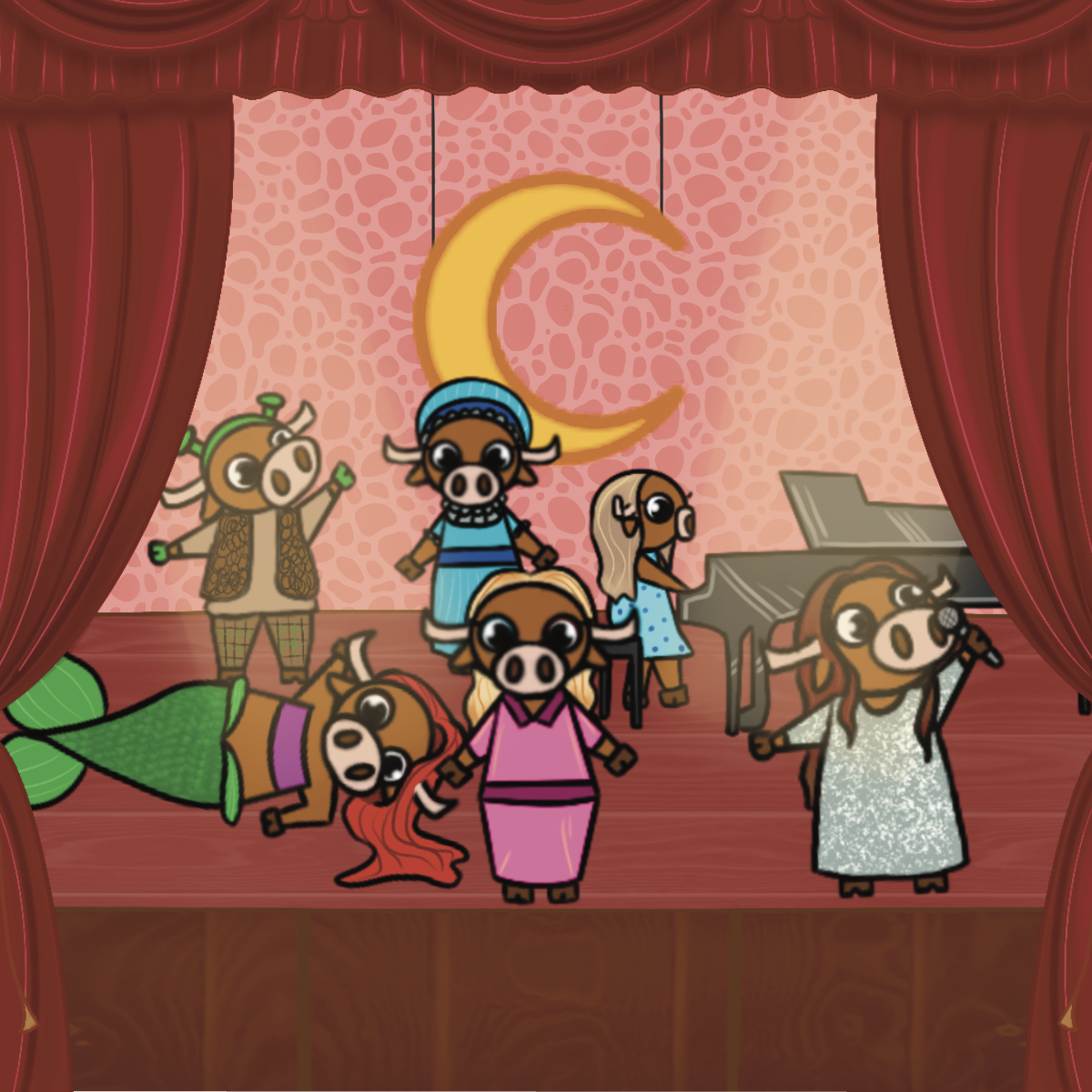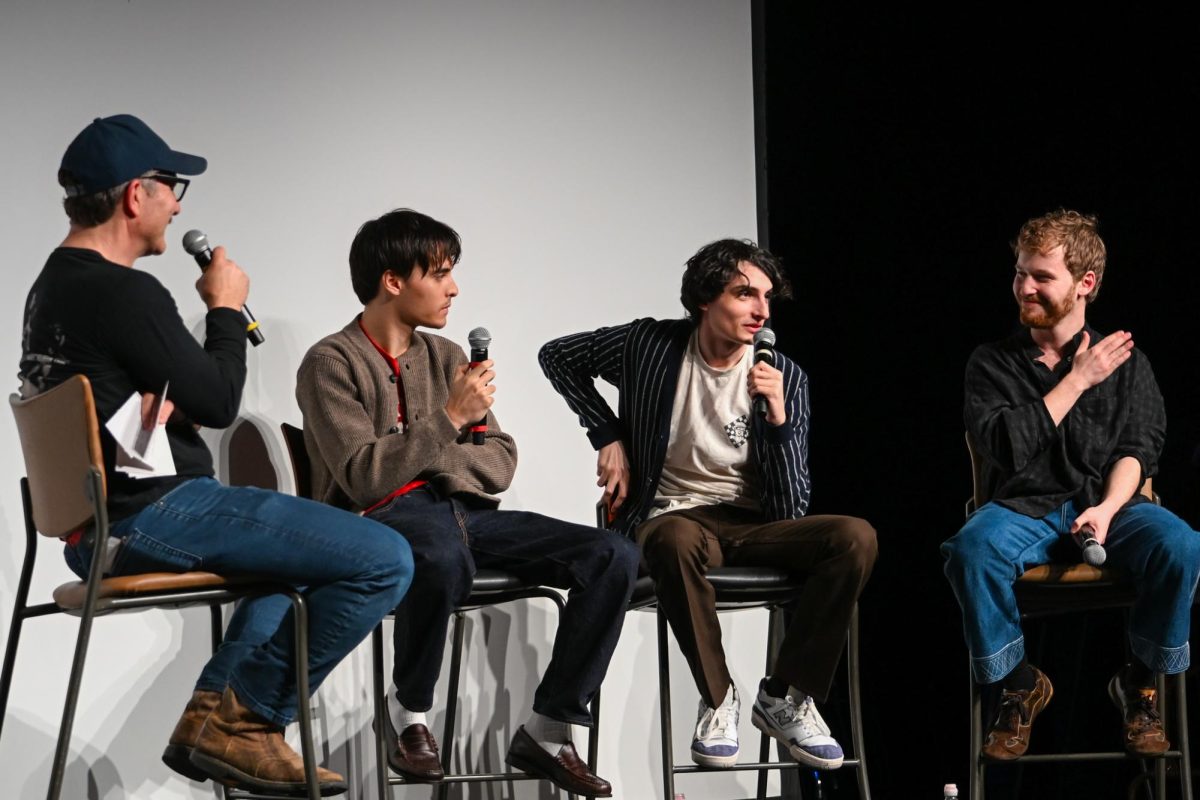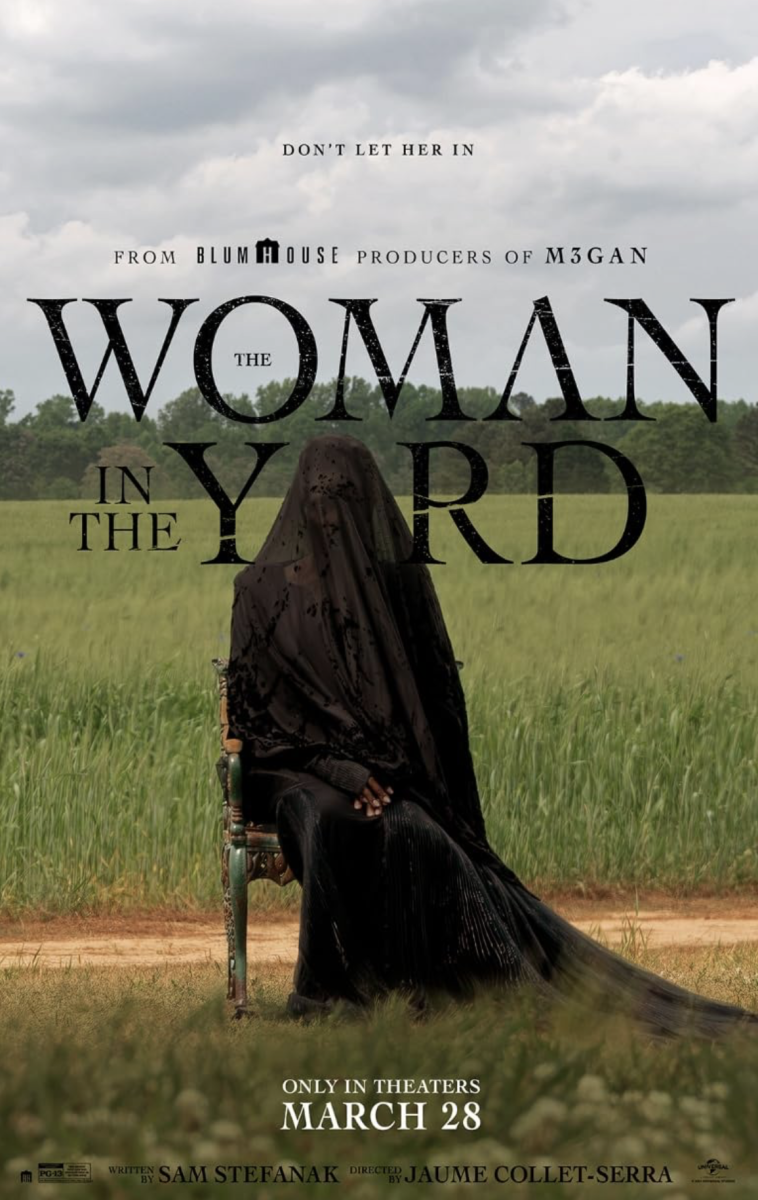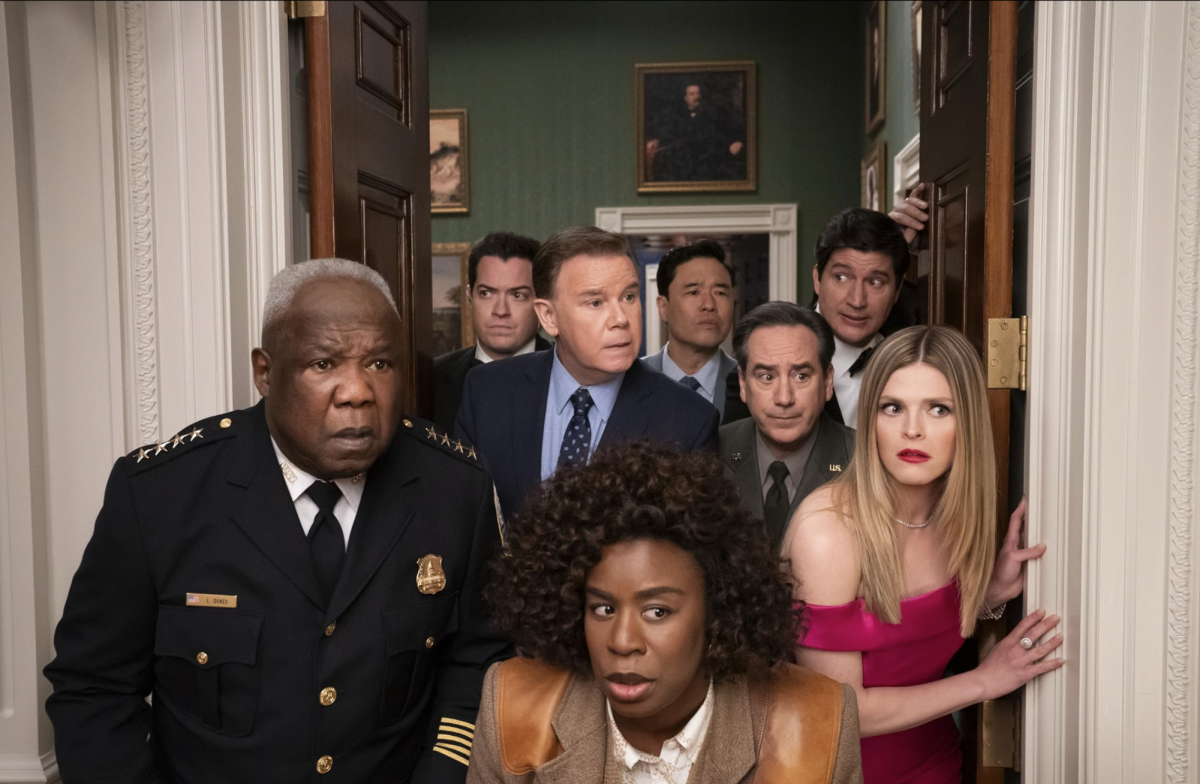From the opening minutes of Brady Corbet’s “The Brutalist,” graciousness for survival and dread surround the protagonist, László Tóth, a Holocaust survivor who immigrates to America. The solemn reading of a letter from his wife stuck in Europe, paired with the image of László rejoicing under the Statue of Liberty, set up the audience with hopes for a better life for László. Unfortunately, the audience must wait three-and-a-half hours to catch any glimmer of that.
Winning three Golden Globe Awards to kick off the 2025 film awards season, “The Brutalist” is a standout film for the year. With a limited theatrical release, there will be an expanded release of the film starting Jan. 24. “The Brutalist” makes for a unique theater viewing experience because of its reference to 1950s film style similar to that of when the film takes place through it being shot with VistaVision — a widescreen 35 mm film process — and the 15-minute intermission between the film’s two parts.
The story follows former successful architect László, played by Adrien Brody (“The Pianist”), in the years after he immigrates. While waiting for his wife and her niece to join him in America, he struggles to find housing stability, develops a drug dependency and faces injustices because of being a Jewish immigrant. László is finally taken in by a wealthy Pennsylvanian named Harrison Lee Van Buren (Guy Pearce), who takes advantage of László’s eye-catching Brutalist architecture style as a way to elevate himself and seemingly put a stamp of his legacy into his small community.
Adrien Brody delivers a moving performance as László. Even when his wife (Felicity Jones) is trying to encourage him to move on and be happier with the life they are rebuilding, Brody’s distant gazes make him seem believably haunted by the traumas he continues to face. The pain László endures leaves the audience hoping he will get better and all the more frustrated by his character as he chooses to make his situation worse over the course of the film.
Guy Pearce and Joe Alwyn also delivered notable performances as an evil father-son duo. Their similar angry demeanor makes the performance chilling and shocking as their characters repeatedly push the limits of their aggression.
While these performances make for a great movie, the story itself goes on for too long without achieving a very satisfying ending. It jumps decades into the future in the last few minutes to share László’s fate. The happy tone of the epilogue comes out of nowhere and omits a buildup from the movie’s dreadful nature that there should have been time for considering the movie’s going-on-four-hour runtime. It feels unsatisfying and doesn’t seem to do justice to the hours of torment the audience has already watched each of the characters go through.
Although some may be weary of such a long runtime, the film is worth watching for the talented storytelling from its actors and the moving plotline. Each actor gives career-highlight performances that deserve three-and-a-half hours of appreciation at least.
4 Pennsylvania propaganda clips out of 5














